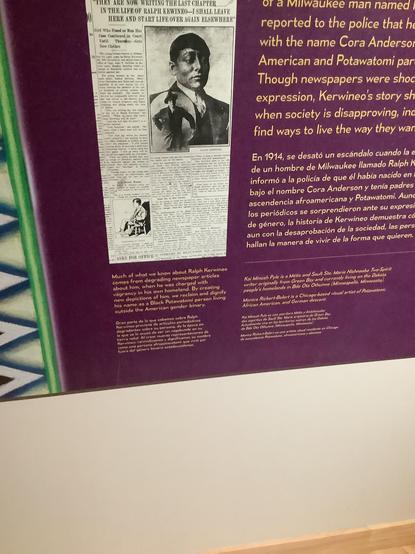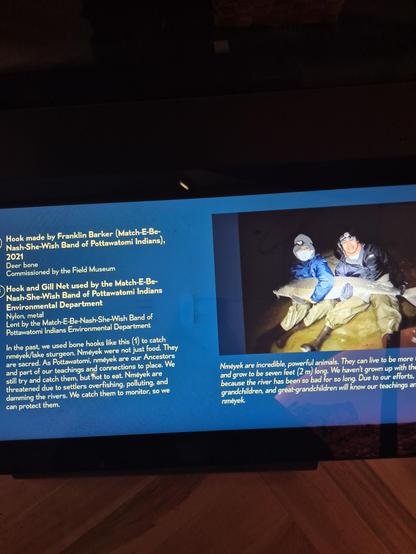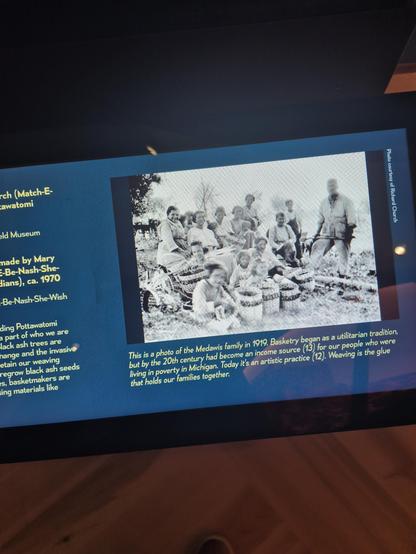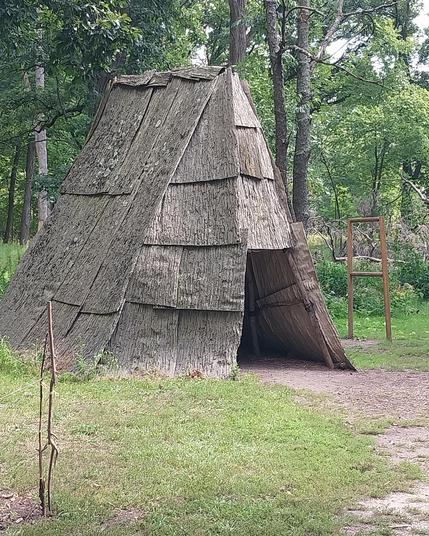by Jessica Milgroom
"Wild rice is a food of great historical, spiritual, and cultural importance for Ojibwe people. After #colonization disrupted their #TraditionalFoodSystem, however, they could no longer depend on stores of wild rice for food all year round. In the late 1950s and early 1960s, this traditional staple was appropriated by white entrepreneurs and marketed as a gourmet commodity. Native and non-Native people alike began to harvest rice to sell it for cash, threatening the health of the natural stands of the crop. This lucrative market paved the way for domestication of the plant, and farmers began cultivating it in paddies in the late 1960s. In the twenty-first century, many Ojibwe and other Native people are fighting to sustain the hand-harvested wild rice tradition and to protect wild rice beds.
"Ojibwe people arrived in present-day Minnesota in the 1600s after a long migration from the east coast of the United States that lasted many centuries. Together with their #Anishinaabe kin, the #Potawatomi and #Odawa, they followed a vision that told them to search for their homeland in a place 'where the food floats on water.' The Ojibwe recognized this as the wild rice they found growing around Lake Superior (#Gichigami), and they settled on the sacred site of what is known today as #MadelineIsland (#Mooningwaanekaaning).
"In the Ojibwe language, wild rice (Zizania palustris) is called #manoomin, which is related by analogy to a word (minomin) meaning 'good berry.' It is a highly nutritious wild grain that is gathered from lakes and waterways by canoe in late August and early September, during the wild rice moon (manoominike giizis).
"Before contact with Europeans and as late as the early twentieth century, Ojibwe people depended on wild rice as a crucial part of their diet, together with berries, fish, meat, vegetables, and maple sugar. They moved their camps throughout the year, depending on the activities of seasonal food gathering. In autumn, families moved to a location close to a lake with a promising stand of wild rice and stayed there for the duration of the season. Men hunted and fished while women harvested rice, preparing food for their families to eat throughout the following winter, spring, and summer."
Read more:
https://www3.mnhs.org/mnopedia/search/index/thing/wild-rice-and-ojibwe
#TraditionalFoods #WildRiceHistory #NativeAmericanHistory #FoodHistory #IndigenousPeople #IndigenousPeoplesDay #FoodSovereignty
Wild Rice and the Ojibwe | MNopedia
Wild rice is a food of great historical, spiritual, and cultural importance for Ojibwe people. After colonization disrupted their traditional food system, however, they could no longer depend on stores of wild rice for food all year round. In the late 1950s and early 1960s, this traditional staple was appropriated by white entrepreneurs and marketed as a gourmet commodity. Native and non-Native people alike began to harvest rice to sell it for cash, threatening the health of the natural stands of the crop. This lucrative market paved the way for domestication of the plant, and farmers began cultivating it in paddies in the late 1960s. In the twenty-first century, many Ojibwe and other Native people are fighting to sustain the hand-harvested wild rice tradition and to protect wild rice beds.
TRAIL MARKER TREE SCULPTURE
Trees like this were intentionally shaped a saplings by many Native American tribes an once stood on the grounds of The Gro Trail Marker Trees served as navigatio aids, marking portage routes and ot Jandmarks. #RobertKennicott, "#Chetkahkich." grew up here in the 1800s walked the woods with the #Potawatomi these trees. Nature author Donald C. P lived at The Grove in the 1930s and of burr oaks, "....old portage trees of this bent down by the
TRAIL MARKER TREE SCULPTURE
Trees like this were intentionally shaped a saplings by many Native American tribes an once stood on the grounds of The Gro Trail Marker Trees served as navigatio aids, marking portage routes and ot Jandmarks. #RobertKennicott, "#Chetkahkich." grew up here in the 1800s walked the woods with the #Potawatomi these trees. Nature author Donald C. P lived at The Grove in the 1930s and of burr oaks, "....old portage trees of this bent down by the Indians
in the mid-18th century, the Potawatomi settled in this area from Wisconsin and Michigan. They had numerous camps in Northern Illinois including at The Grove where Deer Trail crossed Milwaukee Avenue. The Illinois prairie was well-suited to their hunting and gathering lifestyle. Kennicott family legend references a peaceful interaction between the family and their Potawatomi neighbors.








